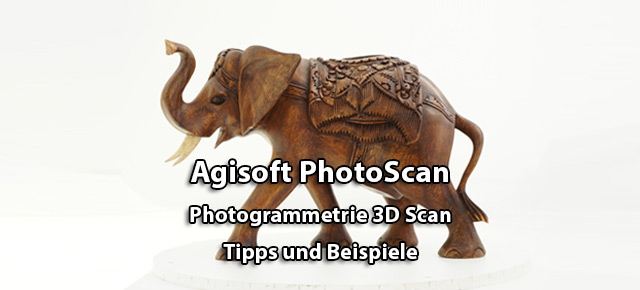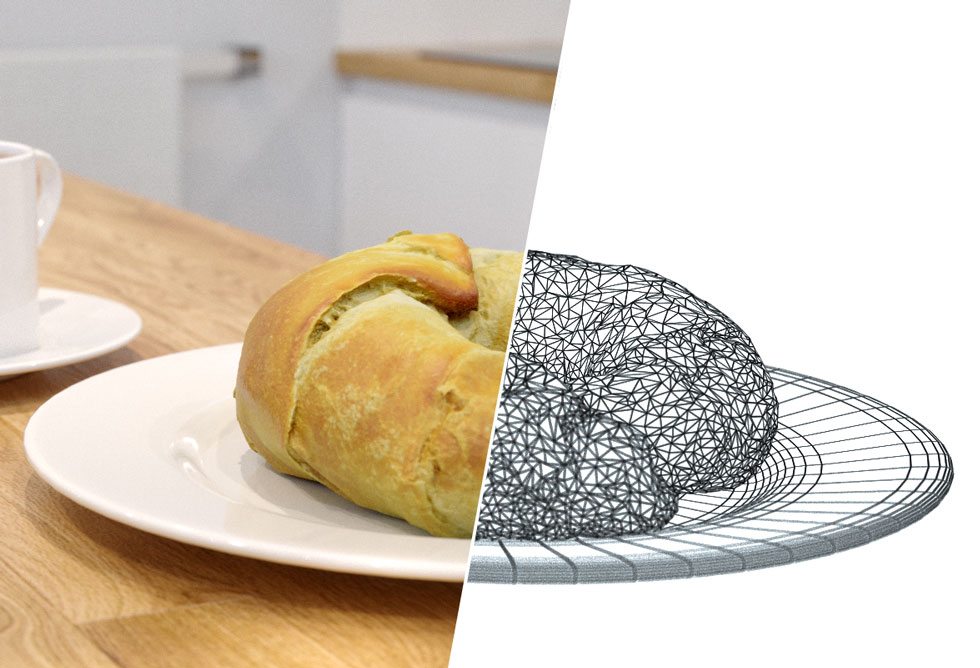

A last ditch solution for problem photos is to add temporary markers in the images to help force Photoscan to match the misaligned photos. If that does not work, select a smaller batch of problem photos and try again working in small batches. Right-click again, select “Align Selected Cameras”. Select all of the photos that are causing trouble, right-click and select “Reset Alignment”. You can force the program to try again, usually this works (but not always). After the initial pass of photo alignment, there may be photos that are misaligned or unaligned. Constrain features by mask: If you have created masks on your photos, use this option to limit the point search to just the areas you selected. You can even take it down to zero to have no limit. This is one parameter to play with if you are having alignment issues. Tie Point Limit: 1000 – 2000 is recommended. Smaller numbers of key points can speed up processing, but you run the risk of not having enough points to align photos. Reference: If your photos are geotagged, this will use the GPS positions to speed up processing. Generic: I use this one if I am having trouble getting photos to align. Disabled: default, works for most datasets. On the top menu bar: Workflow > Align Photos. Use the ‘Add Photos’ button on the top of the Workspace pane, through the menu option in the ‘Workflow’ menu, or by right-clicking in the Photos pane. Photo Alignment This step generates the initial alignment parameters for the photos and a sparse point cloud The error in consumer grade GPS units (handheld, in-camera, or UAS) is not sufficient for anything more than helping with photo alignment. Never use geotagged photos as the sole source of georeferencing information. With geotagged photos, the coordinates are usually Lat/Long (in degrees) use the convert tool in the “Reference” pane to convert to UTM (or your coordinate system of choice).  If you have a synced GPS track for you photos, use a program like GeoSetter to geotag your photos before processing. If you have geotagged photos (from a camera with automatic geotagging or from a UAV/UAS) The hope is that your photoset has sufficient overlap to mitigate the effects of a few missing photos.
If you have a synced GPS track for you photos, use a program like GeoSetter to geotag your photos before processing. If you have geotagged photos (from a camera with automatic geotagging or from a UAV/UAS) The hope is that your photoset has sufficient overlap to mitigate the effects of a few missing photos. 
If you do not remove poor photos, you risk getting incorrect alignments and by removing photos, you risk not getting a complete alignment. Removing photos is a bit of a double-edged sword.I have found that images with scores less than 0.6 are good candidates for removal (the documentation says less than 0.5). Switch to the ‘Detail’ view in the Photo pane to see the quality score from 0 to 1.Load your photos, select all of them, right-click on one and choose “Estimate Image Quality”.Photoscan also has a tool, “Estimate Image Quality”, which can take some of the guesswork out of large datasets.

I like to do this step by hand, just to ensure that everything looks OK.Photo Prep | Geotagging | Photo Alignment | Georeferencing |īuilding Dense Point Cloud | Point Cloud Editing | Aligning the Bounding Box |īuild Texture | Exporting Point Clouds | Exporting DEMs / OrthophotosĮliminate any blurry, out of focus, or random photos from your photoset I also have discussions on cameras and camera geometry. The instructions for the previous version 1.0 are still here… If you are interested in the details of specific tools, I will refer you to the official documentation ( Agisoft Photocan User Manuals). In this tutorial, I am going to fly through the basics of getting a Photoscan project up and running without getting to deep into the details.
#3D PHOTOSCAN PROFESSIONAL#
Finally, time for an update…this time to Photoscan Professional 1.1.6.








 0 kommentar(er)
0 kommentar(er)
